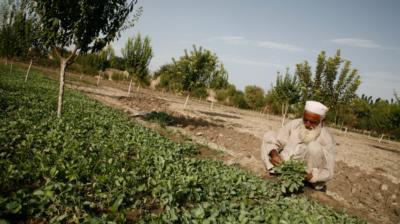CMI Working Paper
| 2012
Poverty dynamics in rural Orissa: Transitions in assets and occupations over generations
Bergen: Chr. Michelsen Institute (CMI Working Paper WP 2012:11) 31 p.
We investigate whether historic land distribution determines stagnation or development of Indian villages. The empirical analysis is motivated by the Banerjee and Newman (1993) model of occupational choice and economic development. Family histories are collected for a random sample of 800 households. Households are classified into economic categories according to the assets-occupations mix at present and at grandfather's time. Transitions are described, and for a remote district explained, by the historic village land distribution. We also investigate the role of social identity, and find that scheduled tribes are more likely trapped in poverty than scheduled castes.
Magnus Hatlebakk
Senior Researcher; Coordinator: Poverty Dynamics


